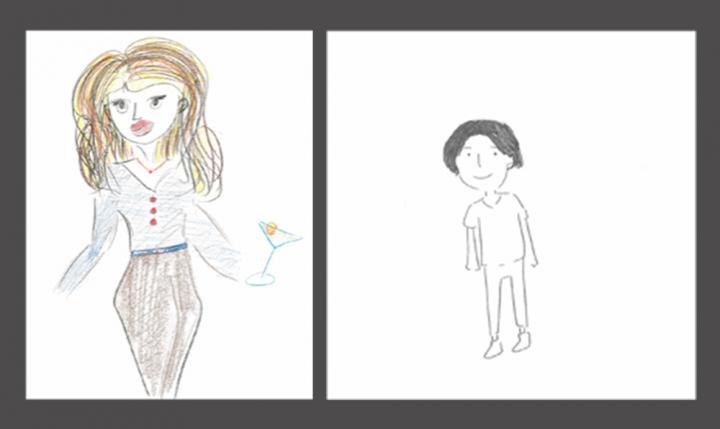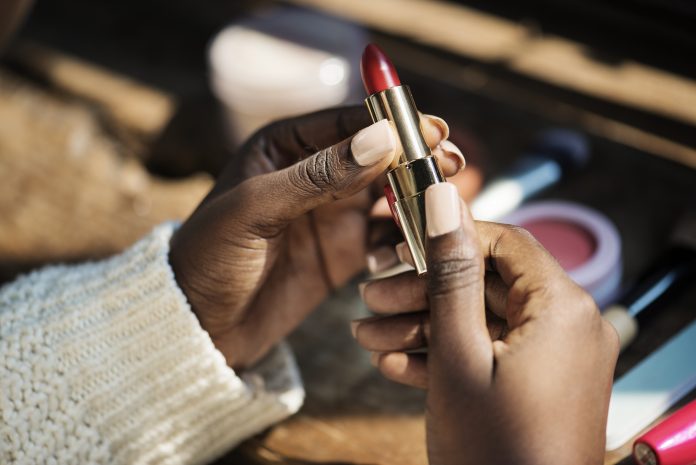New research by the University of Washington finds that sexual harassment claims made by “conventionally attractive” women who act “feminine” are more likely to be believed
The research team say this work begun with the #MeToo movement, which tore a hole in the culture of impunity surrounding producer Harvey Weinstein.
He was able to get away with sexually assaulting women in the film industry for several years, until Tarana Burke created the movement that made his crimes visible – encouraging women to take legal action against their perpetrators.
Who is considered “conventionally attractive” or “prototypical”?
The team are going with how this has been defined in contemporary culture, documented in past research. To be a “conventionally attractive” woman, is to be young, feminine, conventionally attractive, and even weak and incompetent.
It is clear that the performance of a certain type of womanhood is considered more valuable than others, and that womanhood sounds racially coded in favouring a “weak” trait. Researchers confirmed that white women are considered “conventionally attractive”.
In a recent survey, half of white medical trainees believe that Black people have thicker skin or less sensitive nerve endings than white people. A biased treatment of pain by doctors functioning on stereotypes remains an ongoing issue. The external perception of strength in Black women has seen their physical pain be dismissed.
The team further suggested that race, sexuality, ethnicity, sexual orientation and gender identity should be the next dimension to study in this kind of sexual assault research.
Perceptions of the women who face sexual harassment
The study involved 4,000 participants, who showed that they generally believe “conventionally attractive” women are likely to be harassed. Women outside of these strict social norms are more likely to be perceived as unharmed by harassment.
“The consequences of that are very severe for women who fall outside of the narrow representation of who a victim is,” said Bryn Bandt-Law, a graduate student in psychology at the UW and one of the study’s lead authors.
“Nonprototypical women are neglected in ways that could contribute to them having discriminatory treatment under the law; people think they’re less credible – and less harmed – when they make a claim, and think their perpetrators deserve less punishment.”
The results were very clear.
Participants generally perceived sexual harassment victims to be “conventionally attractive” women. The association between sexual harassment and prototypical women is so strong that the exact same woman was seen as more prototypical when people were told she was sexually harassed.
The exact same scenarios, presented with nonprototypical women, were less likely to be considered harassment. Nonprototypical victims are seen as less credible, less harmed by the harassment. Even their harasser is seen as less deserving of punishment.
Draw the type of woman you think is likely to be harassed
To understand what kind of woman is seen as more likely to harassed, the researchers used a classic strategy. Some participants were asked to draw a woman who was harassed or not harassed, depending on the assignment.

This approach reveals people’s conceptions and biases at a basic, freeform level, explained senior author and UW psychology professor Cheryl Kaiser. It has been used in other well-known experiments such as “draw a scientist,” which often reveals gender bias.
Additional tests included presenting participants with digital headshots, in some cases manipulated to look more masculine or feminine, and asking them to choose, for example, which image best represented the woman in the scenario they read about.
Some participants were asked to determine whether a scenario constituted harassment, to what degree a victim was harmed and whether the potential perpetrator deserved punishment.
This knowledge could change how legal battles go
“When you make a perception of harassment, you also make a connection to womanhood, but the way we understand womanhood is very narrowly defined. So for anyone who falls outside of that definition, it makes it hard to make that connection to harassment,” Kaiser said.
This is why the idea of a prototypical woman matters, Kaiser said. Sexual harassment most commonly happens to women. If only those women displaying certain characteristics are viewed as “women,” then the belief persists that those without prototypical characteristics must not be subject to harassment.
“If we have biased perceptions of harm for nonprototypical women, it will drastically change their legal outcomes,” Bandt-Law said.
“If they’re not being believed, they’re effectively being silenced.”











